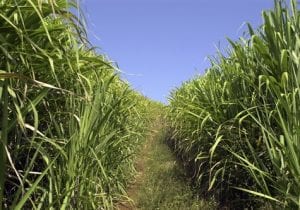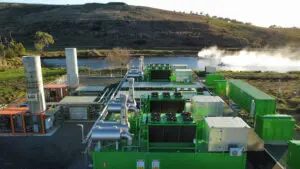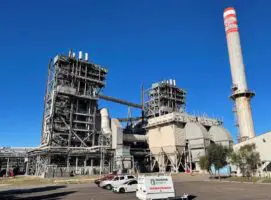Australia’s fledgling hydrogen industry is set to expand significantly as the world looks for zero emissions energy sources – but proposals to produce hydrogen from waste biomass are about to reignite the debate over the use of native forest biomass for energy production.
A number of projects have emerged that would see hydrogen produced using biomass – some sourced from the leftovers of native forest logging – that proponents claim could provide a ‘zero emissions’ source of low cost hydrogen.
Debate has been raging about the virtues of different hydrogen production methods, with the Morrison government actively backing plans to establish a ‘blue’ hydrogen industry in Australia – converting fossil fuels into hydrogen fuel. Others, including Fortescue Metals chief Andrew Forrest, have argued that producing hydrogen from anything other than renewable energy sources is a waste of time.
So where does hydrogen produced using biomass sit? And can it meet the definition of ‘renewable’ hydrogen?
Climate change and clean energy campaigner at the Australian Conservation Foundation, Suzanne Harter, told RenewEconomy that the production of hydrogen using wood did not stack up environmentally.
“Burning wood to make hydrogen comes with its own problems, not the least of which are the emissions produced by the process,” Harter said. “Burning biomass is not carbon neutral.”
“Australia already adds too much climate pollution to the atmosphere via our electricity systems, industry, transport and agriculture. It doesn’t make sense to add to this by burning more trees to make hydrogen.”
The debate has taken on new relevance with several new proposals for bioenergy based hydrogen production facilities in regional parts of New South Wales.
Such proposals include the plans of sawmill operator Sweetman Renewables, which announced on Tuesday that it had signed a joint-venture agreement with Singapore based technology company CAC-H2 to develop the wood-to-hydrogen facility in the Hunter Valley.
The project proposes to use biomass gasification technologies developed by CAC-H2 to convert woodchip into hydrogen gas. Up to 30,000 tonnes of woodchip will be supplied to the project each year and the venture proposes to use wood waste sourced from sawmills operated by Sweetman, which are supplied with timber from a range of forests in New South Wales, including through supply contracts with the NSW Forestry Corporation.
Sweetman Renewables director, Garry Millar, said that the joint venture struck with CAC-H2 would help establish a new hydrogen production hub in the Hunter region.
“We have heard the call from both State and Federal government to make the Hunter Valley a Centre of Excellence for the production of Hydrogen,” Millar said.
“The New plant will not only act as a showcase for the proven technology, it will create new jobs in construction, production, transportation, materials handling and service and maintenance, all of which will be sourced from within the Newcastle area.”
Another project proposed for the NSW Hunter Region – Verdant Technologies’ plans to revive the Redbank power station to produce hydrogen using wood waste as fuel – has been met by strong opposition from local environment groups due to claims the project will increase demand for native forest logging.
While both projects claim that the hydrogen produced from the facilities would be emissions-free, the use of wood waste as an energy source – particularly wood sourced initially from native forest – has long had a controversial place amongst renewable energy supplies.
While proponents argue that there is no harm in using waste wood from the harvesting of native forest – as the waste would otherwise be left to decompose – environmentalists have long argued that allowing native forest wood waste to be defined as a ‘renewable’ source of energy was both misleading, and could ultimately lead to the increased destruction of native forests.
Harter stressed that labelling biomass as ‘wood waste’ did not mean that it was without environmental issues.
“People should be very wary of the use of language when it comes to claims about the sustainability of burning wood to make hydrogen,” Harter said. “The logging industry tends to use the word ‘waste’ in relation to any tree that’s not suitable for turning into sawlogs.”
“Forests provide a whole range of services – they provide habitat for birds and animals, they clean our air and filter our water, they store carbon naturally, regulating the climate.”
“Once you have an industry that relies on cutting things down, it tends to keep looking for new ways to cut things down. Plantation forestry should be used to replace native forest logging, not be used as a feedstock for hydrogen production. Making hydrogen by burning coal or gas or wood doesn’t pass the pub test and is just adding to the climate problem.”
Electricity generated using streams of wood waste can be eligible for accreditation under the federal Renewable Energy Target and eligible to receive Large-scale Generation Certificates.
This eligibility was suspended for a period under the Gillard government as part of a deal struck with the Australian Greens, who had argued that the use of wood wastes derived from native forests should not be rewarded with renewable energy certificates.
However, this eligibility was subsequently re-instated by the Abbott government, but many electricity retailers have avoided certificates created from native forest wood waste projects, often either being directly excluded in certificate purchase contracts or sold at a significant discount to certificates produced from supplies of wind or solar electricity.









